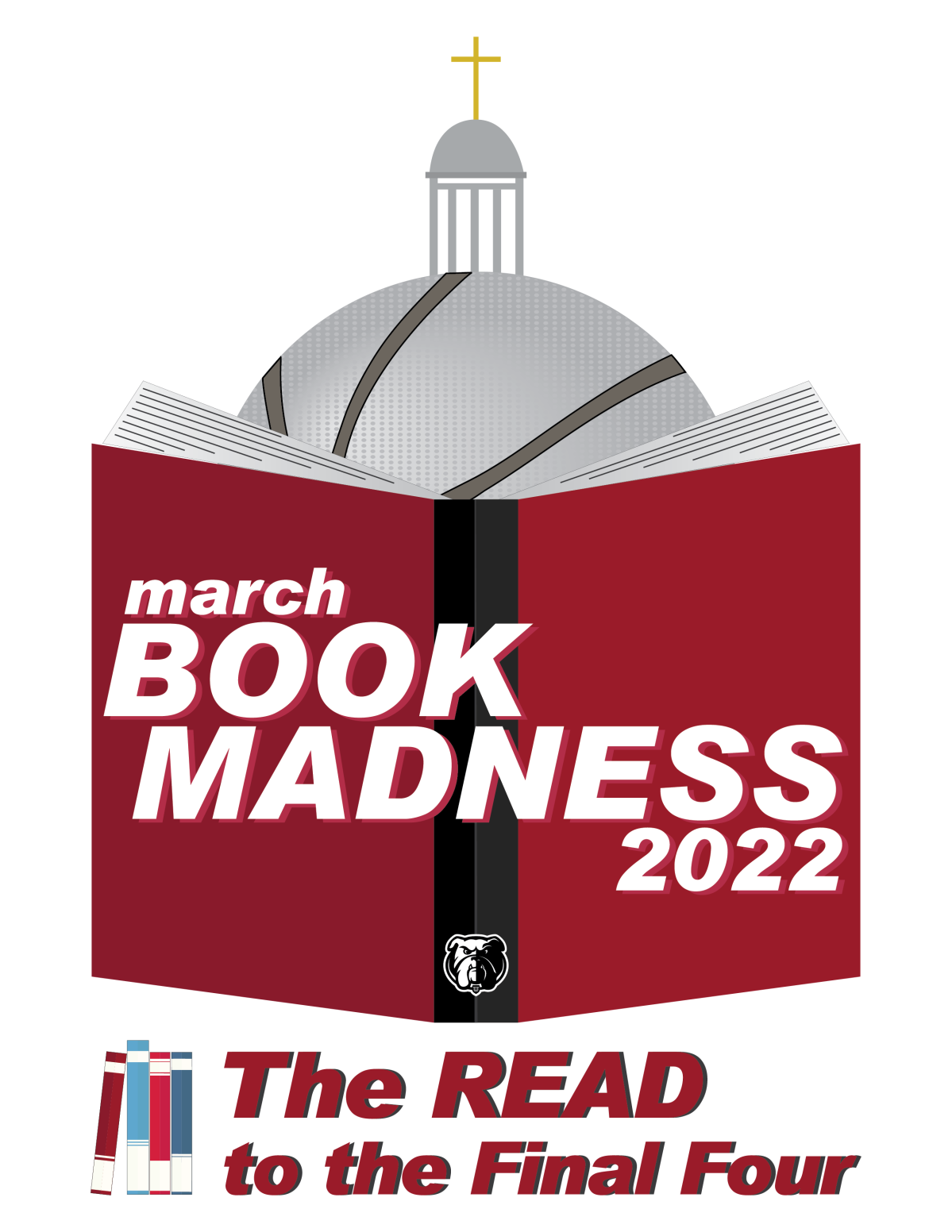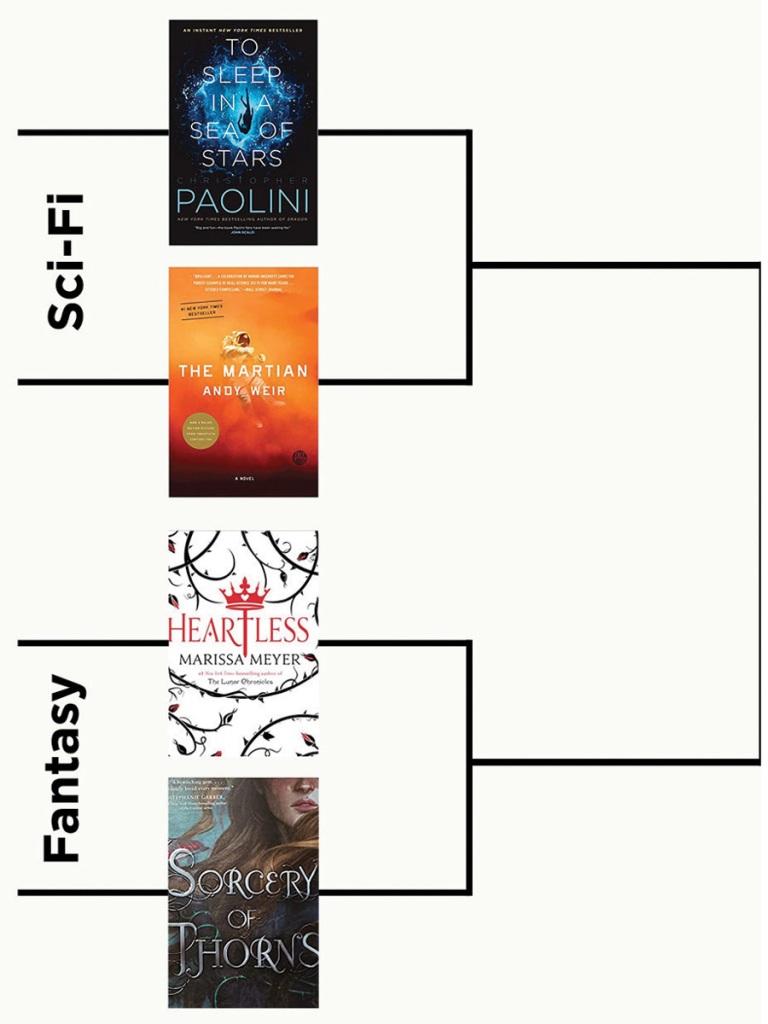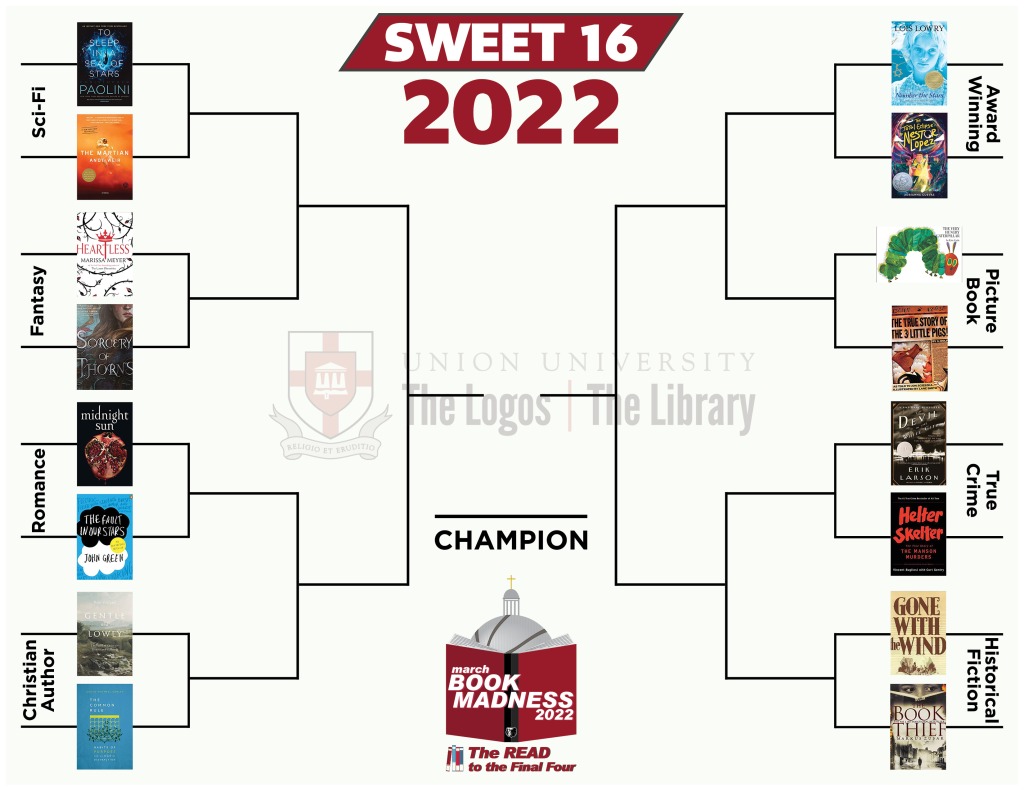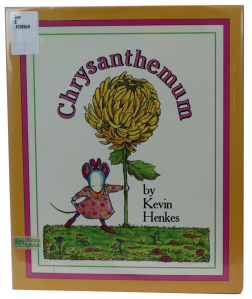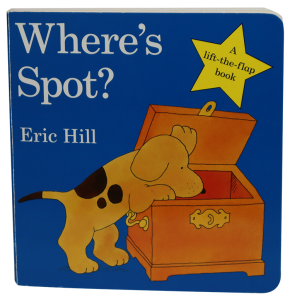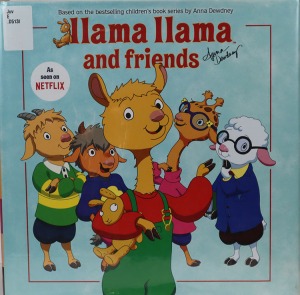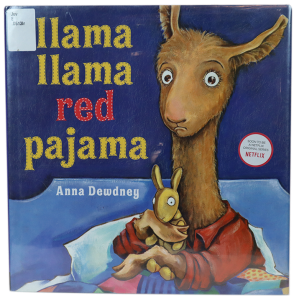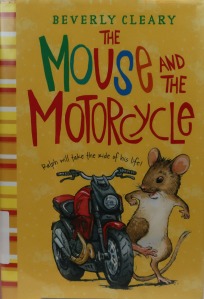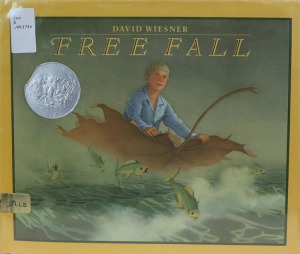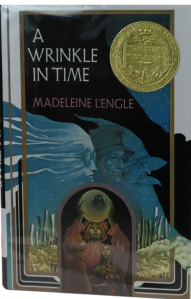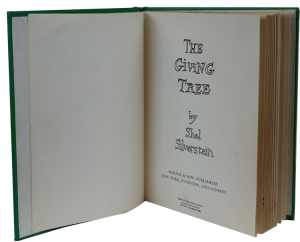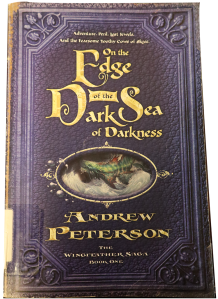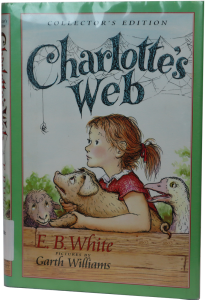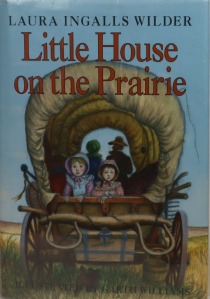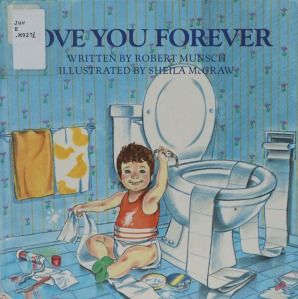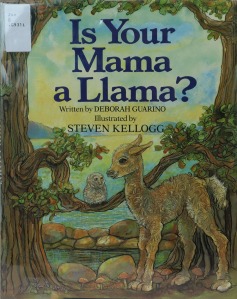Here at Union’s library, we are blessed to work with many incredible and interesting staff members. Much of the work they do is often behind-the-scenes, but their combined efforts allow us to provide the academic and recreational resources students and faculty need to succeed. Over the next few weeks, we’ll be shining the spotlight on these amazing people to let you get know who’s on the team, what they do in the library, and even a bit about what they do when they’re taking a much-deserved break from being awesome staff. We’ll hear from a few different people from our various departments and branch locations each week, so stay tuned to this series to meet faces both new and familiar. Without further ado, here are the staff members of your Union University Library! Today, you will meet Rachel Bloomingburg and Micah Rhodes.
Rachel Bloomingburg
Library Blog: What is your job title and department? What is your location if you don’t work in the Jackson campus library?
Rachel Bloomingburg: Circulation Manager
LB: What are your job responsibilities?
RB: I’m one of the main faces you’ll see working the circulation desk. I’m available to answer any question you may have while in the Logos. I’m responsible for hiring and helping to train our new student workers, and I’m a member of our Social Media team. I create new displays for the Family Room, and I assist in other areas as needed.

LB: How long have you worked for Union’s library?
RB: 3+ years
LB: What did you want to grow up to be when you were a child?
RB: A mermaid.
LB: What’s a fun fact about yourself or a hidden talent that you possess?
RB: I love puns and corny jokes!

LB: What would be your dream vacation?
RB: I’d love to go on a Hawaiian cruise where I can visit multiple islands.
LB: What is on your TBR (to be read) list?
RB: Forging Silver Into Stars by Brigid Kemmerer
LB: What is the last book you read?
RB: Magpie Murders by Anthony Horowitz
LB: What’s your favorite game?
RB: Quiddler
Micah Rhodes
Library Blog: What is your job title and department? What is your location if you don’t work in the Jackson campus library?
Micah Rhodes: Cataloging Associate in Technical Services
LB: What are your job responsibilities?
MR: As Union University Library’s Cataloging Associate, I take items we receive from orders or donations and prepare them for our collection. My student worker and I put spine labels, stamps, dust jackets, and barcodes on books or electronic media, then I apply RFID security tags to each item and catalog them in our computer system. At this point, the books, movies, and CDs are ready to be checked out, and you can find them on our New Books shelf or in the stacks!

LB: How long have you worked for Union’s library?
MR: 1 year as a full-time staff member, and 2 years prior as a student worker.
LB: What did you want to grow up to be when you were a child?
MR: A lover of dinosaurs, I wanted to become a paleontologist.
LB: What would be your dream vacation?
MR: Someday, I want to go to New Zealand and feel like I’m traveling through Middle-Earth.

LB: What is your favorite book quote?
MR: “I didn’t think it would end this way.” “End? No, the journey doesn’t end here. Death is just another path, one that we all must take. The grey rain-curtain of this world rolls back, and all turns to silver glass, and then you see it.” “What? Gandalf? See what?” “White shores, and beyond, a far green country under a swift sunrise.” “Well, that isn’t so bad.” “No. No, it isn’t.” -J.R.R. Tolkien, through Gandalf and Pippin; the Lord of the Rings
LB: What is the last book you read?
MR: I haven’t finished it yet, but I’m currently reading The Eye of the World, the first book in Robert Jordan’s epic fantasy series, “The Wheel of Time.”





